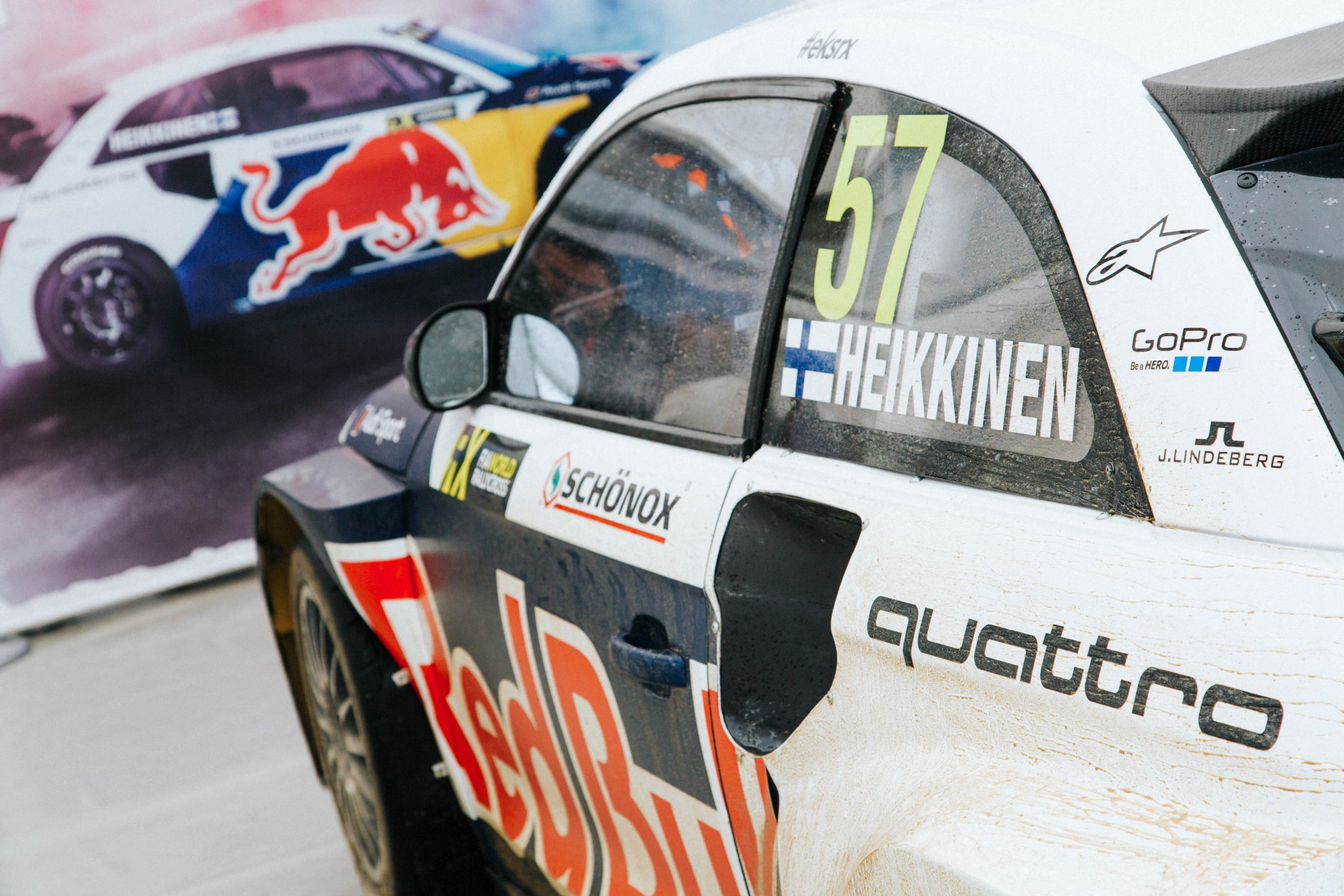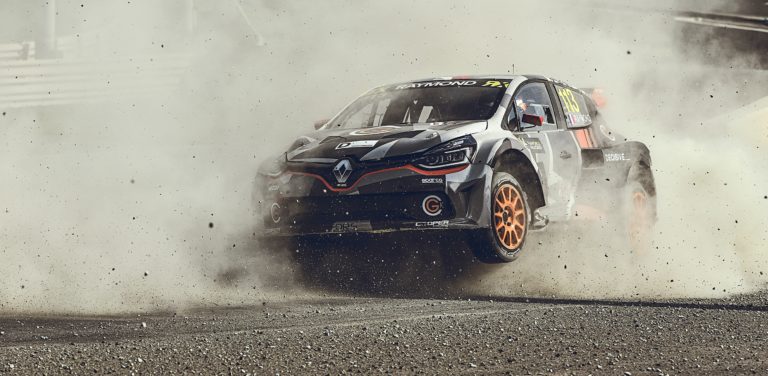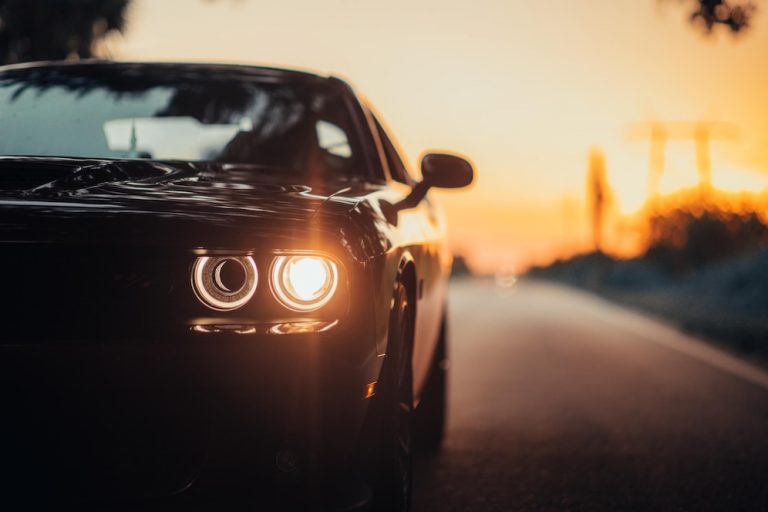Thrilling Turns and Treads: A Comprehensive History of Rally Racing
Rally racing, often simply referred to as “rallying,” is an exhilarating form of auto racing that is conducted on public or private roads with modified or specially built road-legal cars. This heart-stopping sport has a long, rich history filled with intrigue, competition, and technological advancement. In this comprehensive exploration, we’ll drive through the pivotal moments and stages that have defined rally racing as we know it today.
The Early Beginnings: The Pioneers of Rally
The inception of rally racing can be traced back to the late 19th and early 20th century, an era of burgeoning automotive technology. The Paris-Rouen competition in 1894, considered the world’s first motoring competition, paved the way for the evolution of rally as a sport. It wasn’t long before the 1911 Monte Carlo Rally took center stage, becoming a pivotal event in establishing the rallying we are familiar with today.
The Birth of the World Rally Championship (WRC)
Established in 1973, the World Rally Championship (WRC) was the first rallying series to unify various international competitions under one banner. Prior to the WRC, rallies were often standalone events with little to no connection. The WRC’s establishment marked a significant milestone in rally history, setting the framework for modern rally racing.
| Year | Champion | Car |
| 1973 | Alpine Renault | Alpine A110 |
| 1974 | Lancia | Stratos HF |
| 1975 | Lancia | Stratos HF |
These are just a few examples of the early champions and their cars that marked the dawn of the WRC era.
Era of Group B: The Golden Age of Rally
Regarded as the golden age of rally racing, Group B was introduced in the early 1980s as a new set of regulations by Fédération Internationale de l’Automobile (FIA). It led to some of the fastest, most powerful, and sophisticated rally cars ever built.
- Audi Quattro
- Peugeot 205 T16
- Lancia Delta S4
- Ford RS200
These vehicles, with their remarkable speed and technological advancements, defined this era, making it one of the most exciting and dangerous periods in rally history.
Post Group B Era and Introduction of WRC Cars
The eventual cancellation of Group B in 1986 due to safety concerns ushered in the era of Group A and later World Rally Cars (WRCs). Regulations were revamped to ensure safety, but the sport remained thrilling with manufacturers such as Subaru, Mitsubishi, and Toyota dominating the rally scene.
| Year | Champion | Car |
| 1995 | Subaru | Impreza 555 |
| 1998 | Mitsubishi | Lancer Evolution |
| 2000 | Peugeot | 206 WRC |
The transition to Group A and WRC cars led to a significant shift in rally racing, emphasizing driver skill as much as vehicular performance.
Rally in the 21st Century
The modern era of rally racing has been shaped by continuous evolution and innovation. Manufacturers like Hyundai, Volkswagen, and a reinvigorated Ford have all made significant strides in technology and performance.
| Year | Champion | Car |
| 2010 | Citroën | C4 WRC |
| 2015 | Volkswagen | Polo R WRC |
| 2020 | Toyota | Yaris WRC |
The passion, excitement, and suspense that began over a century ago remain integral to rally racing today, capturing the hearts of fans worldwide.
Conclusion
From its humble beginnings in the late 19th century to the high-octane thrill ride it is today, the history of rally racing is filled with innovation, excitement, and a burning desire for speed. The evolution of this sport has seen remarkable feats of engineering, the rise and fall of iconic cars, and the emergence of legendary drivers, all contributing to the dynamic and enthralling tapestry that is rally racing.


